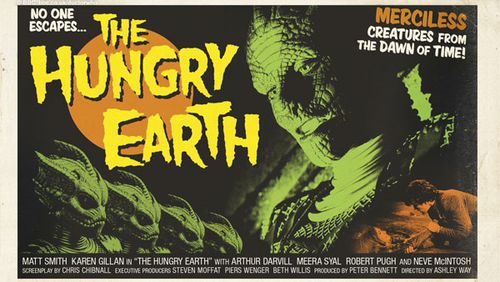When Speakeasy interviewed Roger Corman recently about the DVD release of a late-’70s sci-fi flick called “Star Crash,” we asked the legendary producer to explain why low-budget pictures have largely disappeared from theaters. In the ’60s and ’70s, B-movies and genre films like “Cockfighter” or “Foxy Brown” had a theatrical release, especially in drive-ins but also at indoor “hard-top” theaters. Now, it’s usually straight to DVD and obscurity. Corman, who has produced classics like “The Trip” and “The Wild Angels” and who earned the nicknamed “King of the B’s”, broke down the changing dynamics of the industry.
The Wall Street Journal: So why don’t B movies play in theaters anymore?
It started with “Jaws.” Up until “Jaws,” we could take pictures that did well for us — like “Deathrace 2000,” “Grand Theft Auto” and “Rock n’ Roll High School” — and we could compete with the major studios. People did not distribute nationally; you did not open in the entire country on the same Friday. You opened regionally. The majors, even though they released regionally, they bought nationally on television. We bought regionally on television. And we went into the independent television stations and made deals to get more television ads for less money by staying away from NBC, ABC. We could compete on the amount of money spent. And we could compete because we were working regionally and we didn’t have to make two or three-thousand prints.
So you had to be savvy in figuring out which films would do well in which part of the country.
Yes. We also had the advantage that drive-ins blanketed the country. We would open in a combination of hardtops and drive-ins. In drive-ins, we could equal or outgross the majors. In the hard-tops, we’d be a little less than the majors but the combination allowed us to stay in the game. The ‘60s, ‘70s and early ‘80s were the golden days for the independents. We knew the films we were making, which appealed to a drive-in audience more than a major studio, would do extremely well.
So what changed?
Drive-ins faded away and the cost of distribution got bigger. And then “Jaws.” Vincent Canby wrote in the New York Times: “What is ‘Jaws’ but a big-budget Roger Corman film?” What he didn’t say was it was not only bigger but better. I’m perfectly willing to admit that. When I saw “jaws,” I thought, I’ve made this picture. First picture I ever made was “Monster From the Ocean Floor.” This is the first time a major had gone into the type of picture that was bread-and-butter for me and the other independents. Shortly thereafter, “Star Wars” did the same thing. They took away a lot of the backbone of the picture we were making.
How did you adapt and survive in the post-”Jaws” film industry?
I would still play my pictures theatrically, even though I wouldn’t make very much money on them, because I felt the advertising and publicity and word-of-mouth of the pictures would make the video more profitable. I even got to the point for a little while where I was taking a slight loss at the end on my theatrical distribution, feeling this is the equivalent of advertising. It finally got to the point where the loss on theatrical was too much and than I and my competition all just dropped out of theatrical, except for an occasional film.
How did you market the films so audiences could find them?
We did advertising in Blockbuster and mom-and-pop video stores. We sent in posters and trailers into the stores in advance of our release. It was not particularly effective way of advertising but it was better than nothing.
What is the state of the B movie now?
I’ve been making films for over 50 years. We are at the lowest point ever for low-budget and medium-budget independent films. We are making a little bit of money on DVD. We are making a fair amount of money on cable sales, and still making some money out of foreign. But the profit margins are the lowest they’ve ever been. The only ray of hope I can see is the Internet. I think we’re beginning to see it. It’s not there yet. But we’re seeing a little bit of money coming in from the Internet, and I think that will grow. So we’re staying in there, taking our tiny profits now and hoping that we’re building out libraries that will hopefully pay off in the near future.
From the Wall Street Journal

